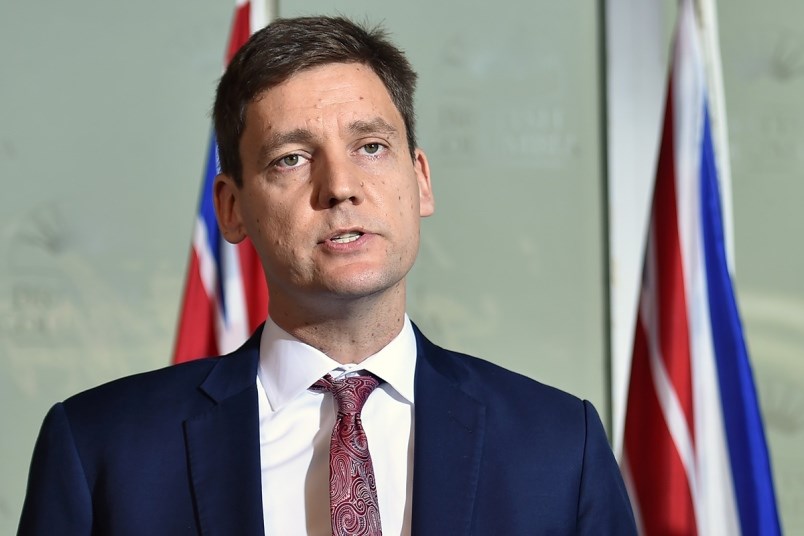Thirteen months from now, B.C. voters will be puzzling over a mail-in ballot that could change every aspect of the traditional voting system, starting with the next election.
Change to what, you ask?
Don’t ask me. They haven’t figured out the options yet.
Who’s “they”?
Don’t ask me. They haven’t been named yet.
Is this a good idea?
Don’t ask me. Don’t ask Attorney General David Eby, either, even though he introduced the legislation that puts it to a vote. To stay independent, he’s sitting this out, although the NDP government is enthusiastic about ditching the first-past-the-vote system that’s been used in nearly all of B.C.’s 41 elections.
Their election platform said the voting system hasn’t been working because it gives all the power to a party that “doesn’t even get 50 per cent of the vote.”
The NDP promised a referendum on changing it so that “every vote counts,” ensuring all the regions are represented.
“And we will campaign for the yes side.”
As usual whenever electoral reform comes up, it’s more complicated than that. It turns out there could easily be multiple questions, making it more than a yes/no ballot.
“If there are more than two possible responses to a referendum question, regulations (yet to come) will specify how voters may mark their ballot … . It is expected that this will mean that voters may rank their choices (e.g. 1, 2, 3) instead of selecting just one system.
“The regulation will then specify how those ballots are to be counted, so that one voting system may receive 50 per cent plus one of the votes cast.”
So there is the prospect of a preferential ballot listing a number of different voting systems. Each would need hundreds of words to explain properly, but would have to be distilled down to the briefest possible sketch. And the preferential nature could pump up the vote for change of some sort.
Change advocates would get several choices. Those in favour of the status quo would get one choice — say no to everything.
Proportional representation is the general theme behind Wednesday’s announcement. It’s a democratic-sounding rallying cry, but it’s also the broad heading for several different systems that get complicated in a hurry.
Fifteen years ago, the B.C. Liberals ventured down this rabbit hole, handing the issue to a random collection of individuals — a citizens’ assembly. They spent a year researching it and came up with a single transferable vote system. It wound up being put to referendum twice and fell short of the approval threshold both times, mostly because of how complicated it turned out to be.
The STV saga highlights how short the NDP’s timeline is. It took 18 months to design an option and put it to a vote in 2005. This time around, the vote is going to be held in just 13 months and we’re a long way from starting work on any options.
The confidence agreement between the NDP and the Greens requires both parties to consult people on what exactly they want to change to, and they are both bound to “campaign actively in support of the agreed-upon form of proportional representation.”
A concerted effort to push electoral change amounts to a big win for the Greens, since most proportional-rep systems favour smaller parties whose vote is dispersed too widely to give their candidates pluralities in many ridings. It was one of the primary objectives of the Greens after they emerged with the balance of power last May.
(They also got official-party status by way of a bill on Wednesday.)
The referendum legislation also firms up the confidence agreement, since any election called before July 1, 2021, would be held under the current system. So Greens will toe the NDP line until at least then.
(Also Wednesday, a bill was introduced moving provincial elections to October from May, to mesh with the budget calendar. Spring elections mean going to the polls three months before the state of the books is independently confirmed.)
Whether people have clarity on what they are voting for is going to depend on a lot of behind-the-scenes work to produce a crystal-clear option. And it has to be produced several months before the ballots arrive in the mail.



